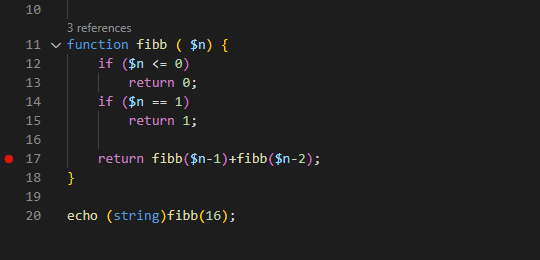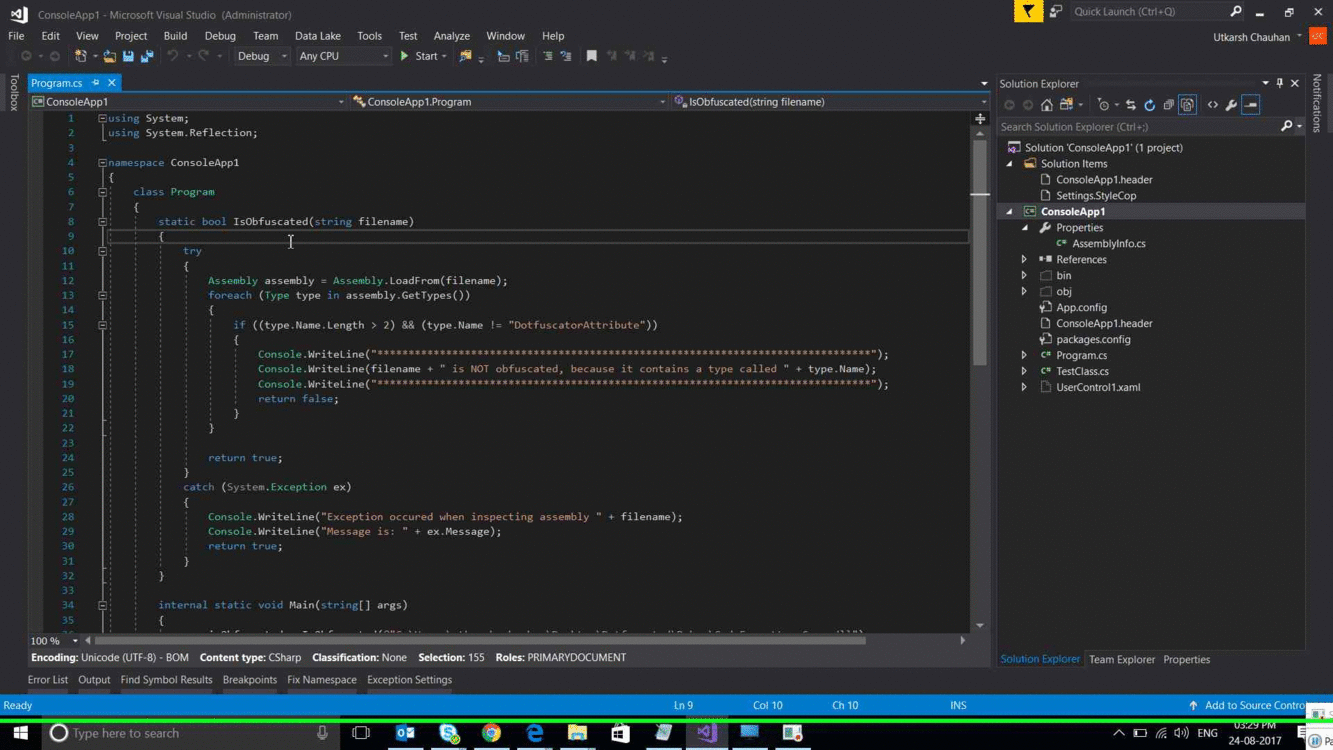
- #VISUAL STUDIO FORMAT DOCUMENT INSTALL#
- #VISUAL STUDIO FORMAT DOCUMENT DRIVER#
- #VISUAL STUDIO FORMAT DOCUMENT CODE#
Note: Your graphics card driver (for example NVIDIA) might overwrite these default shortcuts. A common way to add more cursors is with ⌥⌘↓ (Windows Ctrl+Alt+Down, Linux Shift+Alt+Down) or ⌥⌘↑ (Windows Ctrl+Alt+Up, Linux Shift+Alt+Up) that insert cursors below or above. Each cursor operates independently based on the context it sits in. You can add secondary cursors (rendered thinner) with Alt+Click.
VS Code supports multiple cursors for fast simultaneous edits.
Customize Keyboard Shortcuts - Change the default keyboard shortcuts to fit your style. Install a Keymap extension - Use the keyboard shortcuts of your old editor (such as Sublime Text, Atom, and Vim) in VS Code by installing a Keymap extension. Keyboard Shortcuts Reference - Learn the most commonly used and popular keyboard shortcuts by downloading the reference sheet. VS Code has a rich set of default keyboard shortcuts as well as allowing you to customize them. Keyboard shortcutsīeing able to keep your hands on the keyboard when writing code is crucial for high productivity. This topic takes you through the basics of the editor and helps you get moving with your code. Visual Studio Code is an editor first and foremost, and includes the features you need for highly productive source code editing. Configure IntelliSense for cross-compiling. It also is unlikely to actually help much in this case. It is technically possible to separately compile the formatter implementation, but it’s undefined behavior, and it will break in the future if you do that. We could avoid pulling in locale in a future version by separately compiling the internal “backend” format functions, but we didn’t want to do that in the initial release because it can present migration challenges. 
On the STL side the largest headers format uses are string and locale. It may be possible to reduce the amount of code pulled in, but ultimately any TU that needs to format glm vectors probably wants to use them as well. glm may _also_ pull in quite a lot of code. That _does_ pull in quite a bit of code, but the specialization itself shouldn’t be much worse than just using format by itself.

(sorry about the code formatting, the blog platform eats templates!)ĭoes just writing that custom formatter slow down compile times more than pulling in format and glm and then formatting with std::format directly (as in the formatter’s format method). Try out format in your own code, and file any bugs on our out GitHub issue tracker.
The behavior of some format specifiers is slightly different (for example the default alignment for void*, and allowing sign specifiers for unsigned types). There is no support for automatically formatting types with an std::ostream& operator<<(std::ostream&, const T&) overload. Format strings are not checked at compile time. None of the miscellaneous formatting functions like fmt::print or fmt::printf are supported. The standardized library is based on the existing, a quick list of differences from the standardized version of the library: C++20 adds a new text formatting facility to the standard library, designed primarily to replace snprintf and friends with a fast and type safe interface.






 0 kommentar(er)
0 kommentar(er)
